In the Pacific Northwest, trees are abundant and wildfire is a constant presence. In fact, the region was beset with monumental wildfires in the summers of 2014, 2015, and 2017.
These days, wildfires are often catastrophic, but historically, fires were integral to a healthy ecosystem. Sparks generated by lightning went untamed. Native Americans also used fire to care for the land.
In the late 1800s, settlements, road-building, and livestock grazing began to impact the region’s forests. Logging removed the most valuable and fire-resilient trees, such as giant ponderosas in the east Cascade slope. After 1910, fire suppression became the norm for forest management, largely in response to catastrophic fires that tore through the landscape and claimed many human lives. This meant putting out any and all forest fires as quickly as possible. More recently, scientists and forest managers have reconsidered this strategy of excluding all fire.
Meet the Ponderosa Pine
While no human has lived through the storied history of fire in the region, we can look to an iconic tree to learn about the impact of fire suppression.
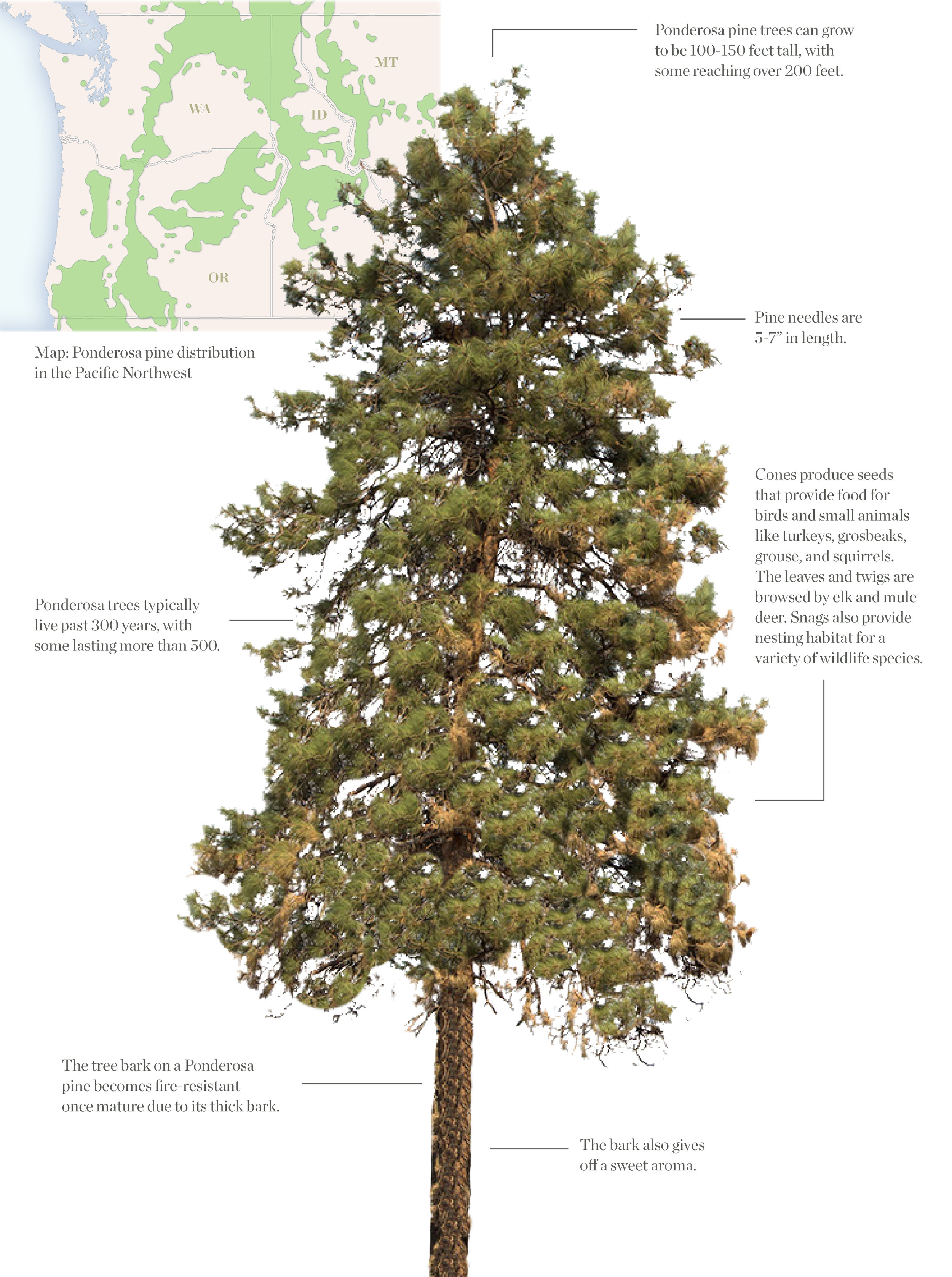
The Inner Tree
Imagine if you had your entire medical record, including all your checkups, physicals, and surgeries, inscribed on your skin, such that one look could provide a rough overview of all the times you were injured, stressed, or malnourished. A tree’s rings, which build just underneath the bark as seasons and years pass, are such a depiction. Cutting out a cross section of a tree’s trunk produces a “cookie” that gives us access to this story.
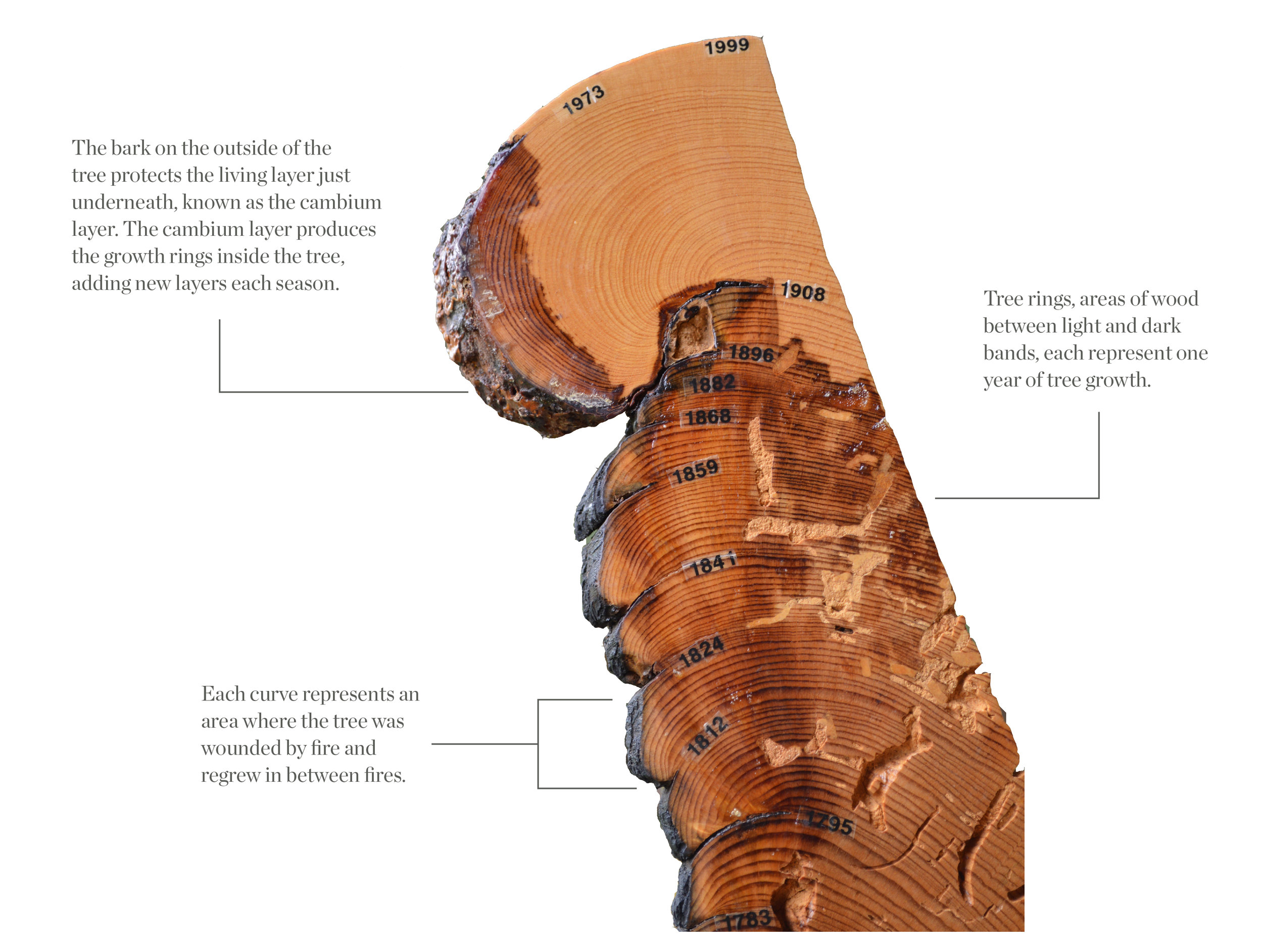
Each of the alternating light and dark rings is a year of tree growth. Although each ring will be naturally thinner as the tree ages, there is much that tree rings can tell us:
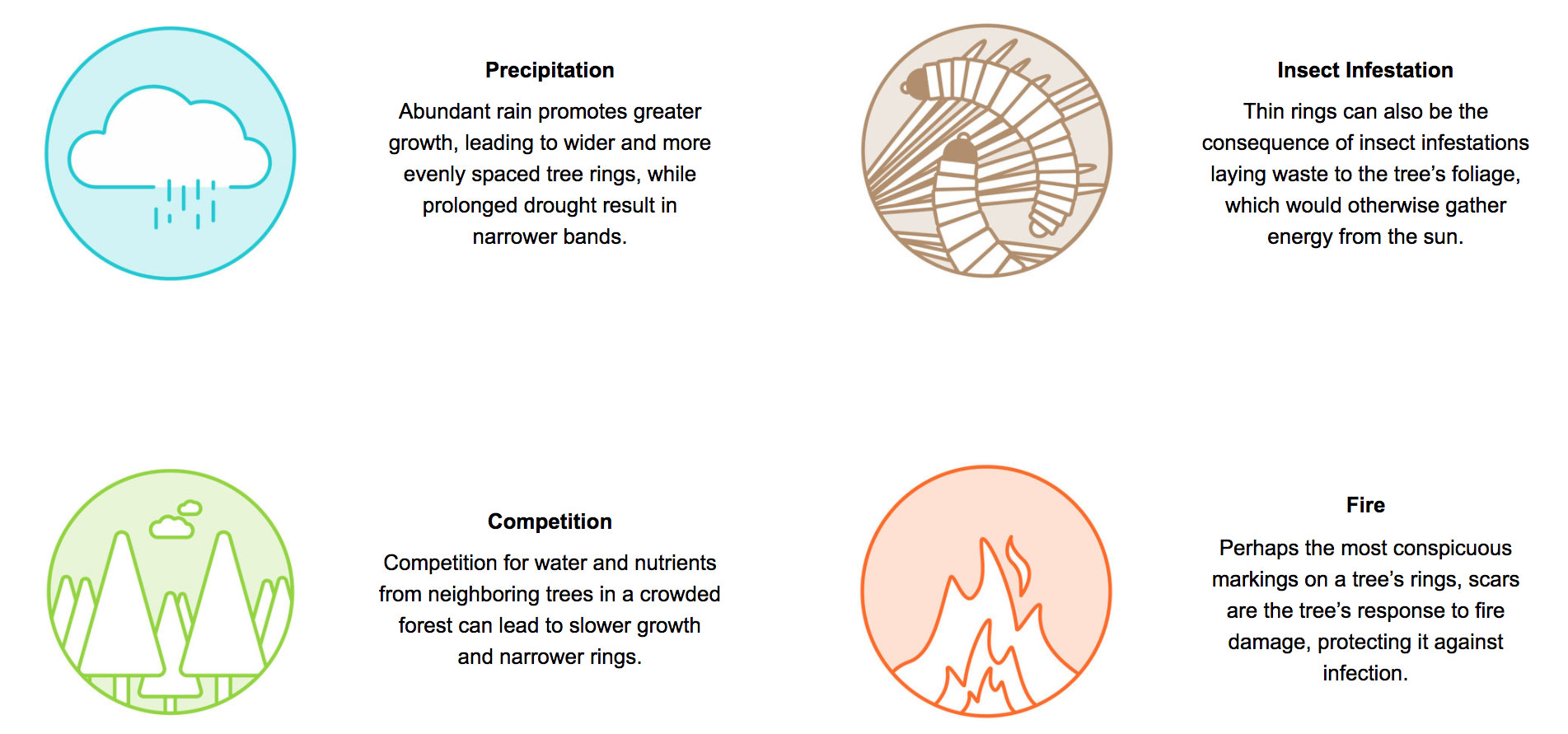
The cookie clearly indicates that the tree experienced regular intervals of fire until 1908, but that this frequency declined dramatically in the 20th century. What does this change mean for trees, and what are the implications for forests?
Living with Wildfire
When a ponderosa pine is young, it is susceptible to fire, but by the time the tree reaches 4 or 5 years, it has begun to develop a thick bark that protects it from low-intensity fires that may sweep through every few years. The same fires remove competition from shrubs and less fire-resistant trees, such as true firs like grand fir, and create the open sunny spaces that allow the ponderosa to grow strong and tall.
Fire-Suppressed Forest
With the exclusion of fire, trees that would normally be cleared out by wildfire can grow dense. The density and layering of trees provide a path for flames to reach the high foliage of the ponderosa and potentially move from one crown of a tree to another. Smaller trees, shrubs, and brush can fuel even hotter flames, and send the blaze upward into the ponderosa pine’s crown. These crown fires are the most devastating kind of fire for pine trees.
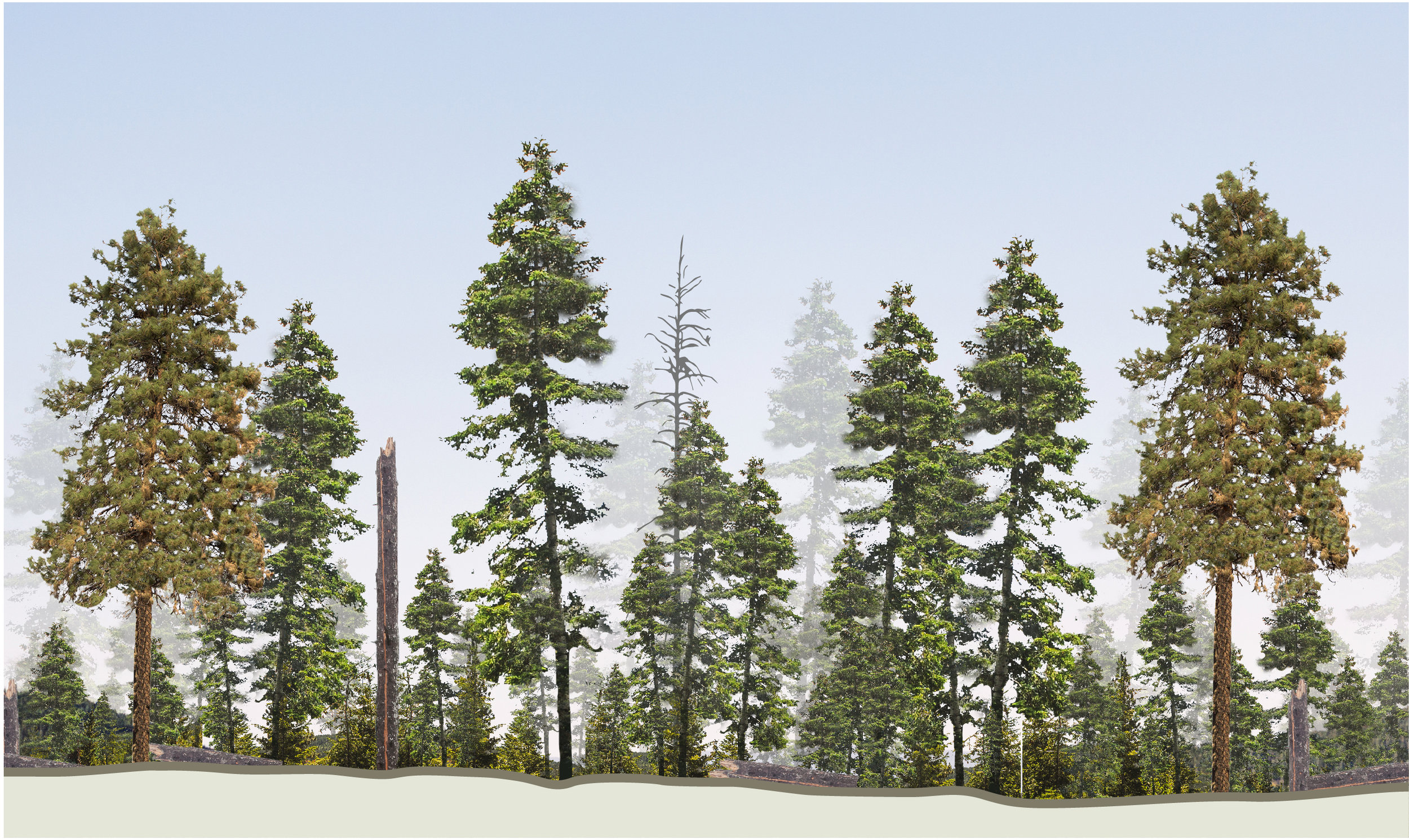
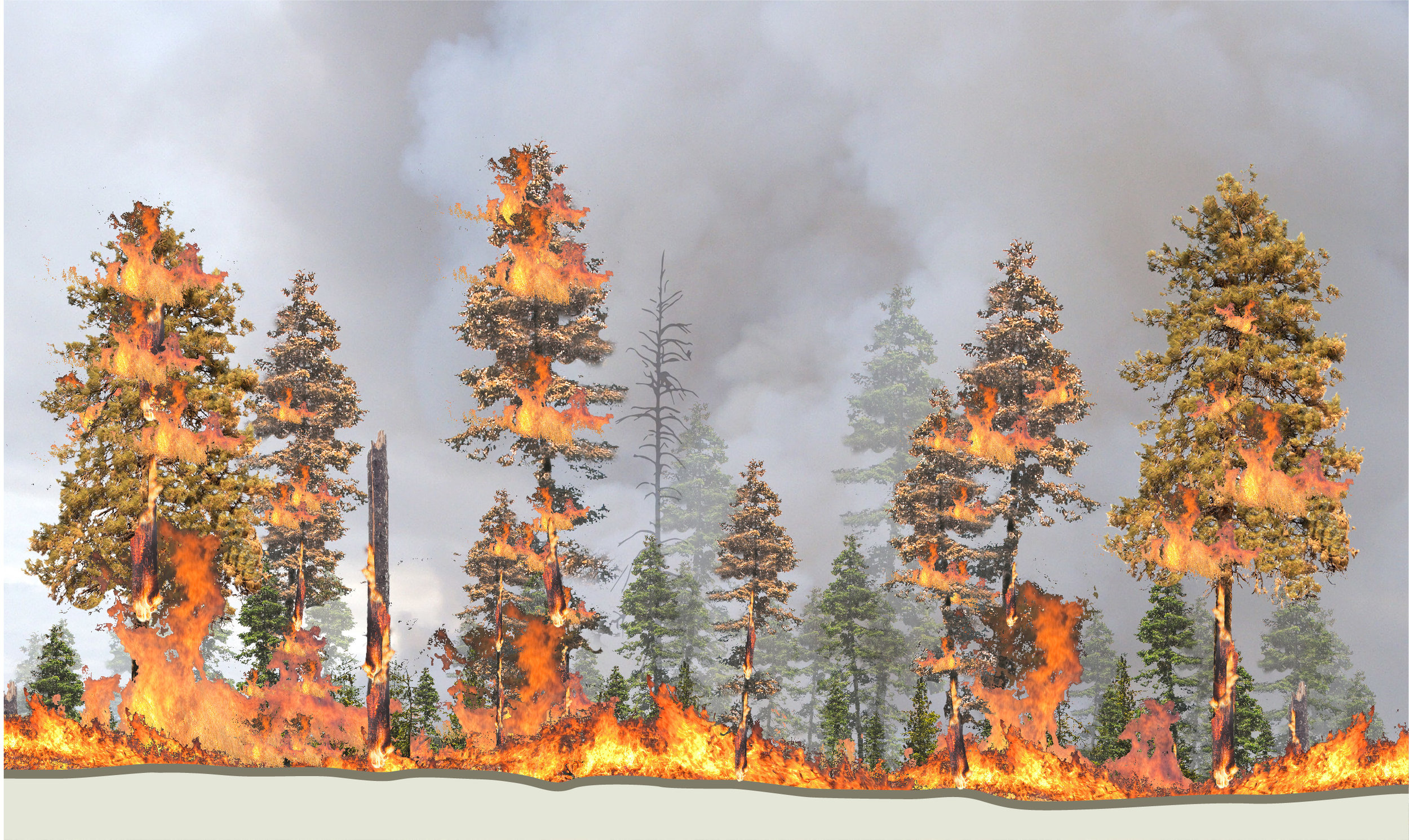
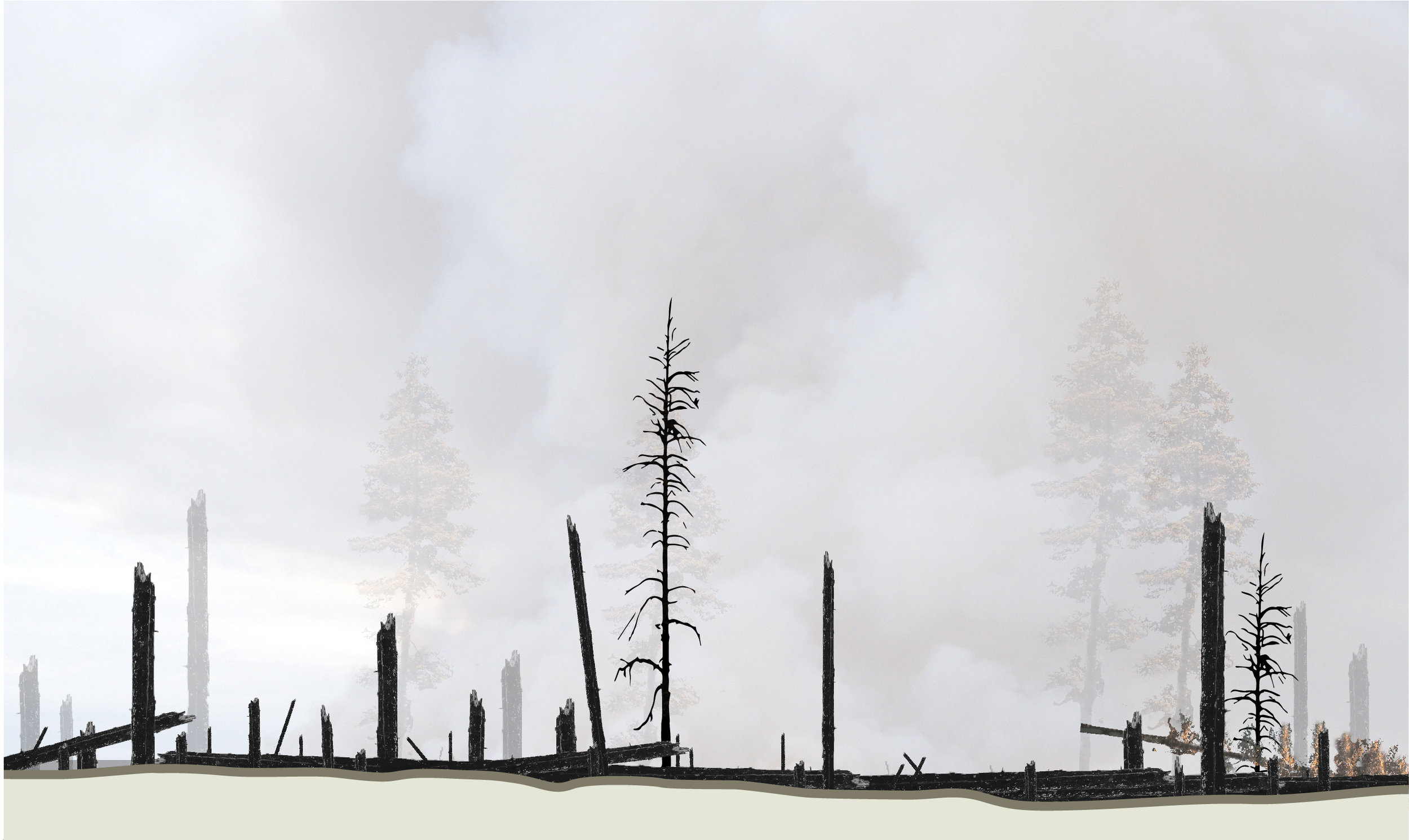
Paradoxically, suppressing fires ultimately increases the risk of enormous, catastrophic wildfires. The fallout is detrimental to both wildlife and human society. So, what can we do to reduce the frequency of catastrophic wildfires?
Restoring Forests
We are working innovatively with tribes, the United States Forest Service, and other partners and agencies to manage forests and wildfires. This includes ecological thinning, where loggers harvest smaller-diameter trees that still hold commercial value. Such practices enable the continuity of jobs in the forest, while giving the ponderosa pine and other fire-resistant trees more room to grow.
After forest thinning, professional fire teams can conduct controlled burns under safe conditions. These burns mimic the frequent, small fires that historically cleaned out the shrubs and small trees of the forest’s undergrowth.
Consequently, larger, natural wildfires will not lead to the complete loss of large, towering trees.
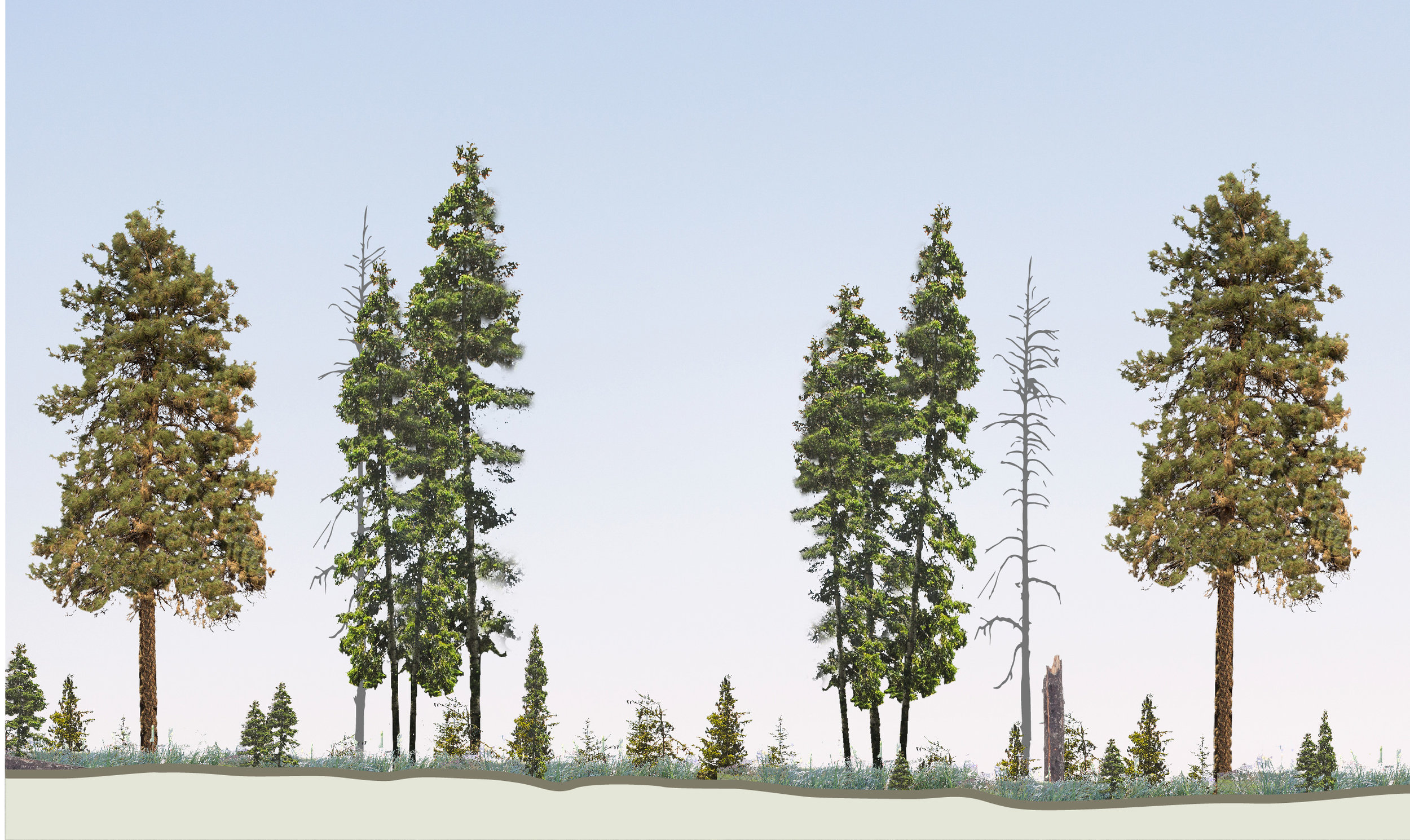

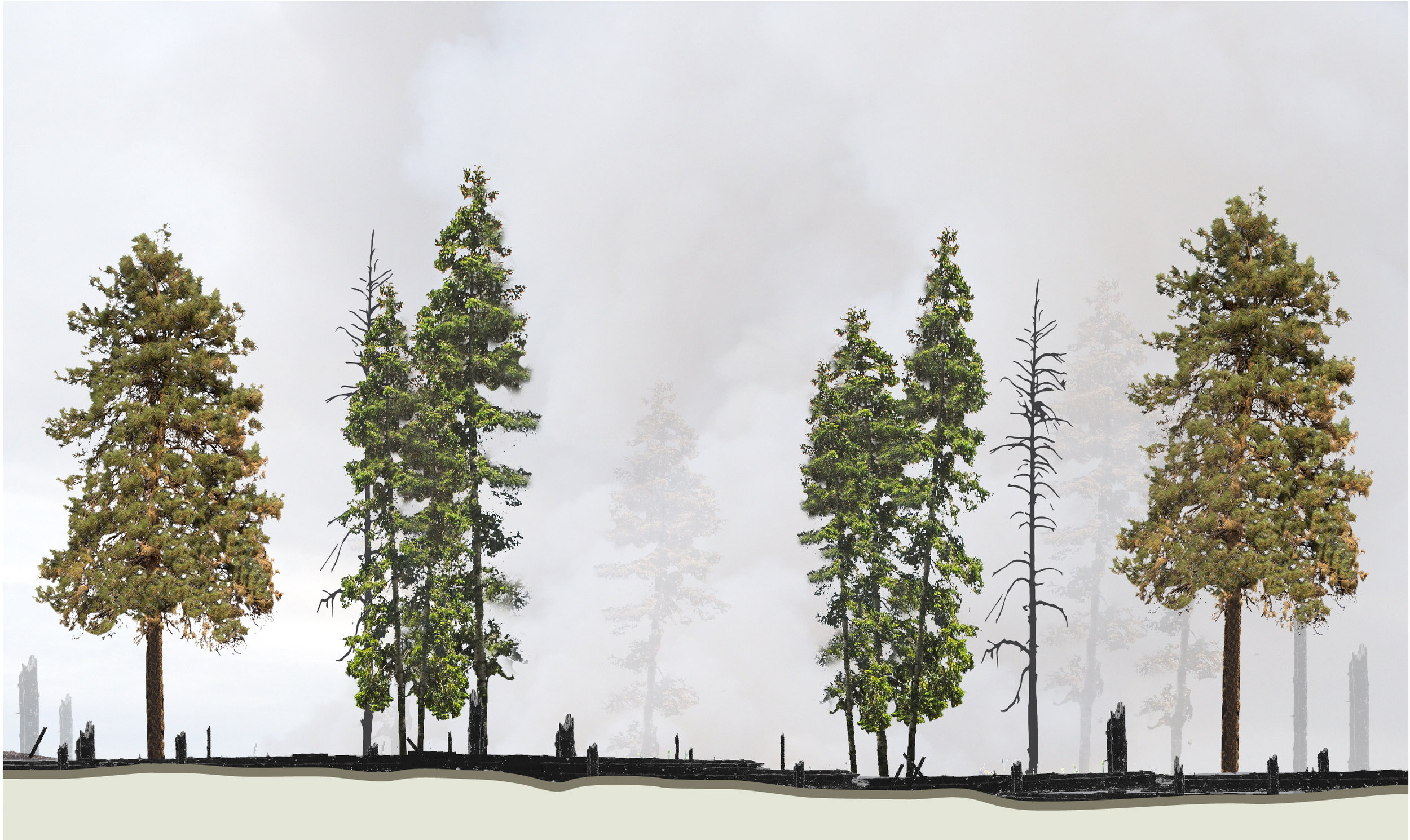
Benefits of a Healthy Forest

The definition of forest health depends on forest type and varies based on human and ecological needs. For the dry forests of the Cascade Range, fire plays a key role in maintaining forest health.
Mimicking historical wildfire patterns is an important management strategy for ensuring the health, function, and services of forests, which will in turn help us adapt to a warming climate:
- Healthy forests mean healthy rivers and more plentiful salmon. Trees hold soil in place and filter water, keeping sediment from clogging streams.
- Healthy forests can hold snowpack longer in the winter and release it more slowly into the rivers in the spring, ensuring sustainable water supplies for people.
- Healthy forests create cleaner air and hold more carbon.
- Healthy forests provide habitat for wildlife, recreational opportunities for people, and ecologically sustainable jobs in the woods.
Written by Robin Stanton, Media Relations Manager, and Will Chen, Marketing Intern
Graphics by Erica Simek Sloniker, Cartographer & Visual Communications Specialist




Well needed information. Thank you for sharing. I worry about the health of the western forest because of this past fire season that destroyed so much. Was there an up side to such devastation? Thank you for your article.
Hi Nancy, Thank you for the question! We’re still assessing this year’s fires. But we know the West is getting hotter and drier, and forest fires are larger and more devastating. We know we must do more to restore our forests. Learn more at https://www.nature.org/ourinitiatives/urgentissues/land-conservation/forests/restoring-americas-forests.xml